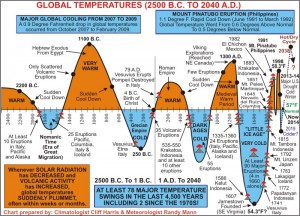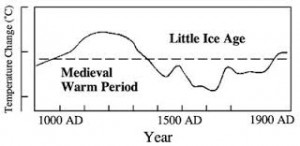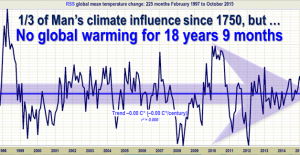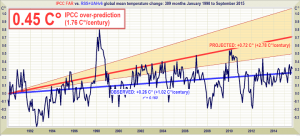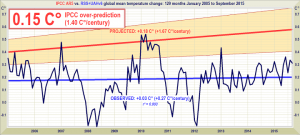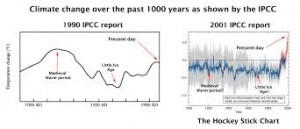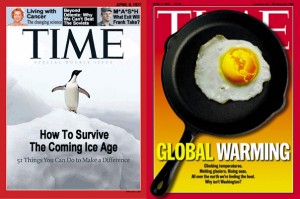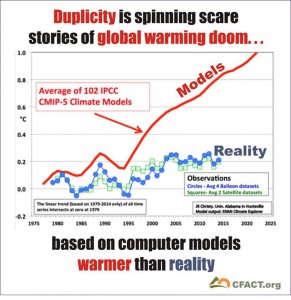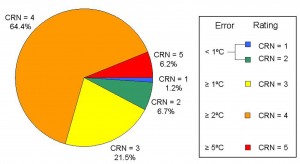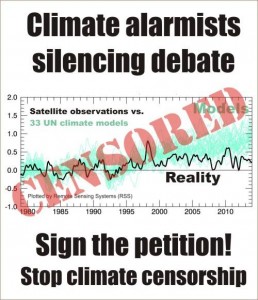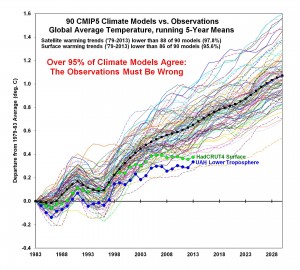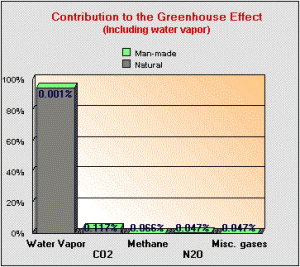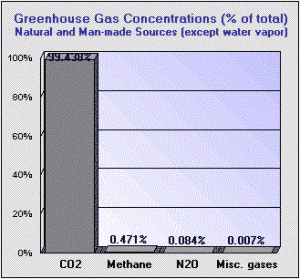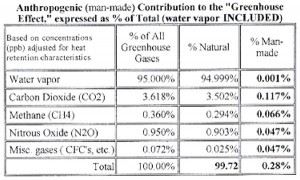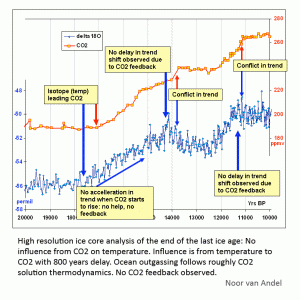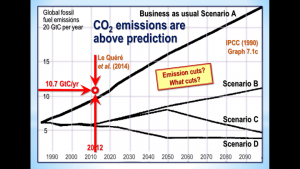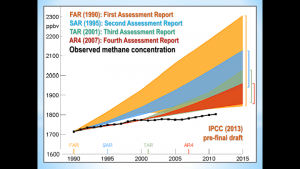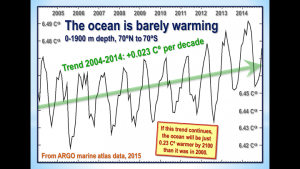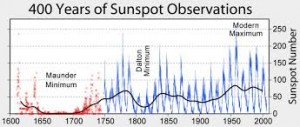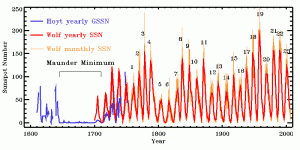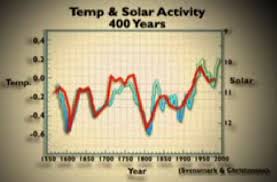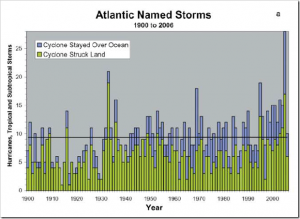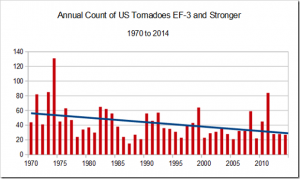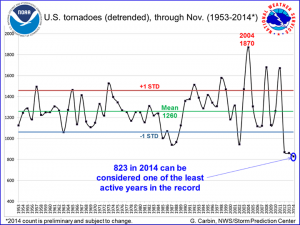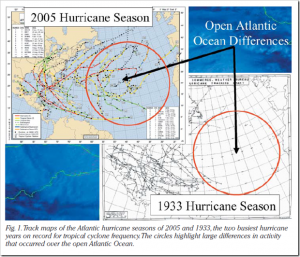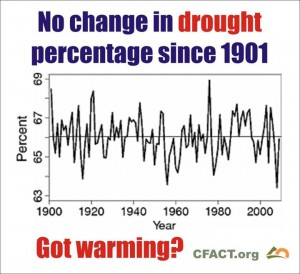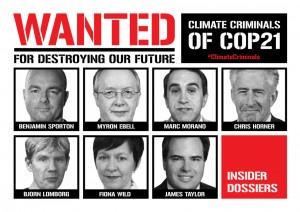UN Framework Convention on Climate Change
COP21 met last week (Nov. 30 – Dec. 4, 2015) in Paris and have concluded with the adoption of a draft “outcome” that can be read here. A summary of the open issues can be found here. Highlights include:
- Will this result in a binding treaty or a nonbinding agreement? President Obama can try and slip past the Senate without a vote?
- Calls for nations to accept “differentiated responsibilities”:
- Redistribution of wealth from developed nations to developing nations
- Developed nations reducing their emissions while others continue to increase them
- Will “differentiated responsibilities” mean that developed nations bear all the pain?
- Far stricter target temperature increase limit to 1.5 degrees C from 2.0 above pre-industrial levels recommended. It makes a huge difference to how much economic pain lies in store. It will have little or no impact on real-world temperature.
- A potential goal of “achieving zero global GHG (green house gas) emission by 2060-2080. Will countries actually agree to a goal of zero emissions? If so, brace yourself.
-
Adopt loss and damage and “risk transfer” schemes: Financial liability for extreme weather losses by poorer nations for which they bear no actual responsibility. Will President Obama agree to compensate developing nations for their “loss and damage” when they experience extreme weather events?
-
Will the UN create an “International Tribunal of Climate Justice” that will sit in judgment on developed countries but give developing countries a pass?
- A $100B annual commitment to the UN “Green Climate Fund” by 2020, with plans to increase from there. Developed nations pay out; developing nations get a pass. Will developed nations commit to redistributing $100 billion per year through the UN “Green Climate Fund” and increase it from there?
The intent is to resolve as many differences as possible during their second week of meetings. The result – an expanded UN bureaucracy with a flawed agreement? They (the UN) want a climate treaty now and they want the U.S. locked into it.
Climate Change Science Documents
Bad science should not be used to drive public policy on climate change. There seems to be an agenda afoot other than the control of the climate. Climate scientists have noted the following facts:
The UN IPCC charter limited the UN Committee to “understanding the scientific basis of risk of human-induced climate change.” See paragraph #2 in the UN IPCC Principles document published by the UN IPCC.
The climate has been changing for at least the last 4500 years with peaks and valleys much greater than today. See Figure #2.
We are coming out of a little ice age and can expect some warming.
There has been an 18 year, 9 month pause in warming.
Predicted temperature vs. observed
Hockey Stick Chart in early UN IPCC reports
Global Cooling in the 1940’s to 1970’s period
Average temperature vs. UN IPCC Climate Change models
Satellite Observations vs. 33 UN Climate Models
The impact of Urban Heat Islands (UHI) on global temperature measurements has biased average global temperature significantly over the last 20 years:
- http://www.realclimate.org/index.php/archives/2013/02/urban-heat-islands-and-u-s-temperature-trends/
- http://judithcurry.com/2014/07/07/understanding-adjustments-to-temperature-data/
- http://www.c3headlines.com/global-warming-urban-heat-island-bias/
- http://news.heartland.org/newspaper-article/2007/11/01/meteorologist-documents-warming-bias-us-temperature-stations
- http://www.surfacestations.org/
90 CMIPS climate Models vs. Observations
CO2 comprises only 0.04% of the greenhouse gases (GHG) in the earth’s atmosphere. Other GHGs include water vapor (95%), methane, nitrous oxide, and other miscellaneous.
CO2 is essential to all life; it is not a pollutant. CO2 adds warmth and growth to plant food.
- Patrick Moore – Should We Celebrate Carbon Dioxide
Increased CO2 lags warmer average temperatures by about 800 years.
CO2 emissions are above UN IPCC prediction
Methane concentration has not risen as predicted
The ocean is barely warming
Solar cycles have been shown to increase climate changes more than the burning of fossil fuels.
Atlantic Storms
U.S. tornadoes from 1953 to 2014
The number of hurricanes in the last few decades has not increased over the last few hundreds of years.
No change in global drought percentage since 1901, July 18, 2015
Climate Change Agenda Documents & Articles
- Whistleblowers Claim NOAA Rushed Contentious ‘Pause’ Buster Study Despite Reservations, Climate Depot, Nov. 19, 2015.
- German professor examines NASA GISS temperature datasets and find them massively altered, Dr. Ewert, Nov. 20, 2015.
More Supporting Climate Documents & Articles
- Climate summit: Why we believe Paris proposals doom billions to live in extreme poverty, Dr. Neil Frank, et. al., Dec. 7, 2015.
- An Open Letter on Climate Change to the People, etc., Cornwall Alliance, For The Stewardship Of Creation.
- Four Inconvenient Facts About Global Warming at COP21 Display, CFACT.org, Dec. 4, 2015.
- Global temperatures lower than climate models project
- Sea level is only rising 1 to 3 mm per year, and has been for generations
- 1969’s – 5,000 polar bears; today – 25,000+ polar bears
- Extreme weather is historically normal
- Climate of Corruption, Christopher Monckton in Paris rips UN Climate Agenda, Dec. 5, 2015.
- Climate Hustle [Are they trying to control the climate … or you?] DVD – Premiered in Paris by ClimateDepot.com, Dec. 7, 2015.
- Prominent scientists declare Climate claims ahead of UN Summit ‘irrational’, ‘based on nonsense’, and ‘leading us down a false path.’ CFACT.org, Nov. 19, 2015.
Documents & Articles in Support of UN IPCC
Record Levels of CO2 Herald The Future of Climate Change, Scientific American, Nov. 10, 2015
Wanted – Climate Criminals of COPS21
Premiere showing of Climate Hustle goes on, Monday, Dec. 7th in Paris.




